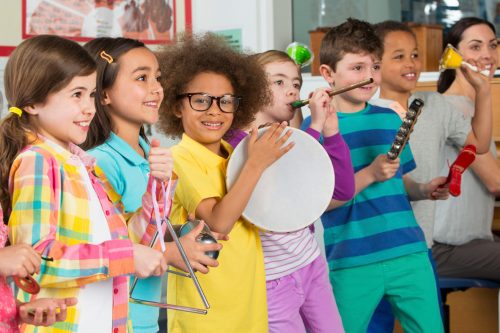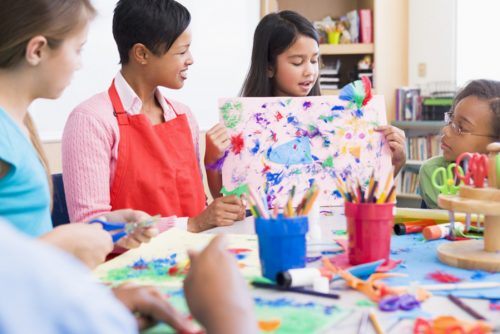Parents everywhere have all heard the lines, “The classroom is your child’s second home,” and “The teacher is your child’s second mother or father,” but what does that really mean? Why exactly does school or, more specifically, the classroom setting, become the most defining experience of the early years of children everywhere?

It’s in how there are dynamics present in the classroom that are designed to optimize development in children from many angles, and here is the value in what parents really pay for:
A Role Model
The first person that deserves the recognition and appreciation the most is the teacher. Not only is the teacher expected to undergo years of studying and training, but also have the personality and charisma to match.
Teachers become role models to students because most often, they are the single entity that students recognize as their authority in school while being the person that they can approach and be themselves around. “They often idealize their mentor, until the realization sets in that despite some exceptional talents, this role model is an “ordinary” person, with attendant faults,” Saul Levine M.D. says.
Modeling is the reason that teachers profoundly influence students even during times when they don’t mean to be emulated. It’s an additional responsibility of teachers to ensure they always speak and behave in a manner their students should. Olivia N. Saracho points out that, “Teaching young children requires that teachers function in a variety of roles to meet the educational needs of their classroom children.”
A Safe Space

Aside from being role models, teachers are trusted to create positive learning environments for the students. It’s in this aspect that most teachers differ in teaching style and classroom setup. The teaching style will vary based on age, class size, the presence of children with disabilities, and even the students’ temperaments. More than just the way the seats are arranged, the colors around and how the classroom is designed are also important factors.
Creating a positive learning environment entails making sure the children feel safe, happy, encouraged and participative in the classroom. It means keeping the children looking forward to coming back to school, as well as maintaining the role the teacher has in their lives.
“Trauma strips away the sense of safety in communities, and when peers or fellow students die by suicide, communities and loved ones may feel guilty, angry, and confused,” Dr. Juli Fraga, PsyD explains. “Those struggling with depression may be particularly impacted.”
Cognitive Development

While the classroom allows students to learn academic skills such as basic math and the biology of the things surrounding them, it also becomes the crucial space for them to develop necessary social skills. Examples of these are interacting with their classmates, respecting their teacher, recognizing authority, and having good manners. Another most important thing is cognitive development.
Cognitive development put simply is how the teacher and the classroom setting trains the children to use their thinking abilities for everyday processes. It teaches students how to weigh the pros and cons of a situation because they’ve understood the concept of consequences. It prepares students to make decisions because they’ve gotten used to daily routines.
Needless to say, society doesn’t give teachers as much credit as they deserve. They carry the responsibility of typically parenting ten, twenty, thirty, sometimes forty children all at once, and every single day. The reason why most teachers refer to their profession as a calling is because they delve into the profession without too much regard to the unfortunate realities such as being underpaid, overworked and underappreciated. Teachers are truly unsung heroes.